Woody Weeds

What Is Woody?
Woody or Woody Perennial Weeds are type of weeds with woody stems or roots that persist for more than two years. They are typically characterised by their tough, woody framework, which is often covered with bark. These weeds can grow as shrubs or small trees and are commonly found in bushlands and pastures. Consequently, they are relatively easy to spot due to their wooden branches and thorns.
Characteristics of Woody Perennial Weeds
-
Appearance: Woody perennial weeds are recognised by their woody stems or roots, which provide them with the strength to support new growth each year. They often have thorns and can grow as shrubs or small trees.
-
Growth Habit: These weeds can adapt to various environments, thriving in both full sun and shade. They are not deterred by poor soil conditions and can spread quickly even in drought conditions.
-
Examples: Common types of woody perennial weeds include blackberry, gorse, sweet briar, mesquite, and parkinsonia.
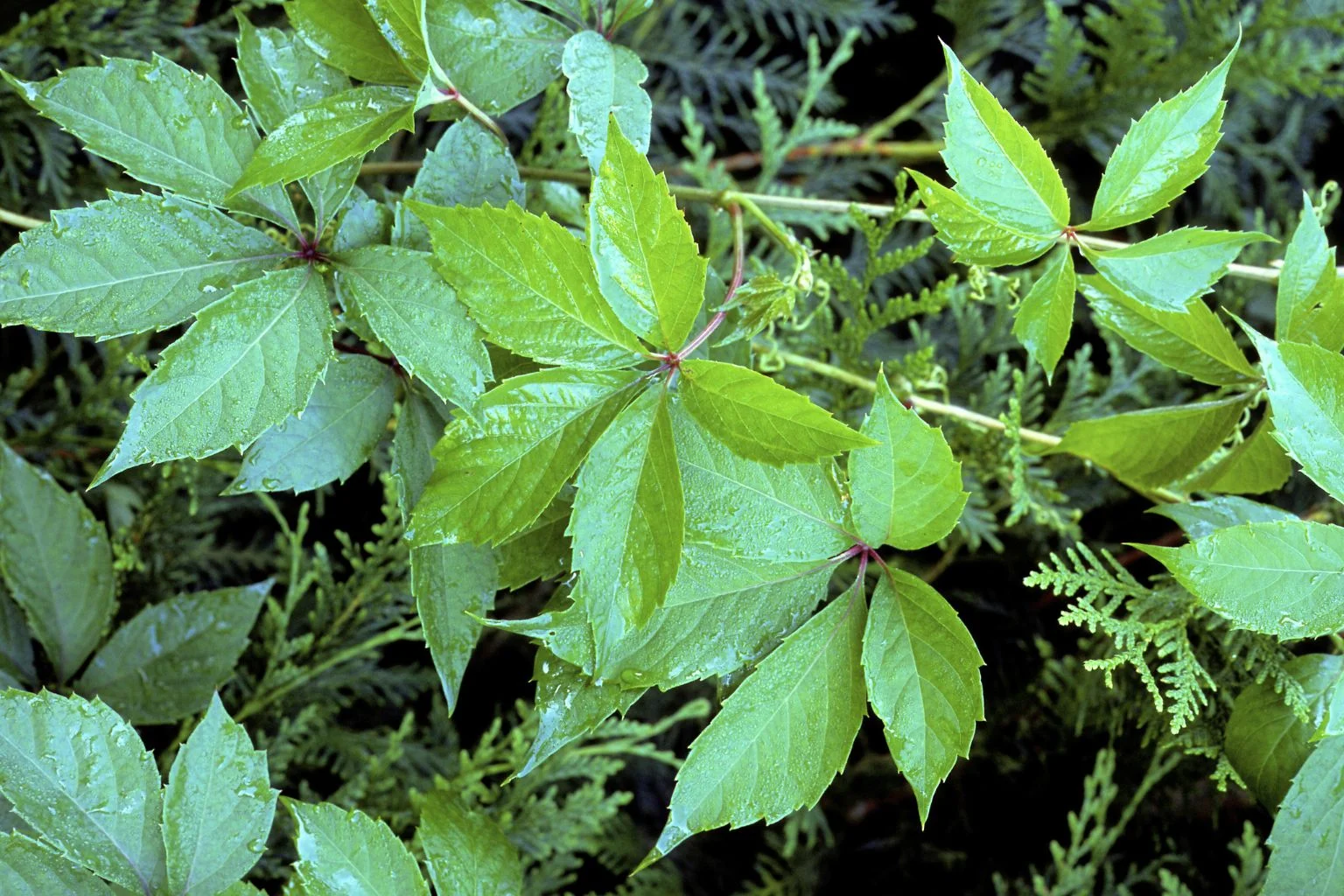
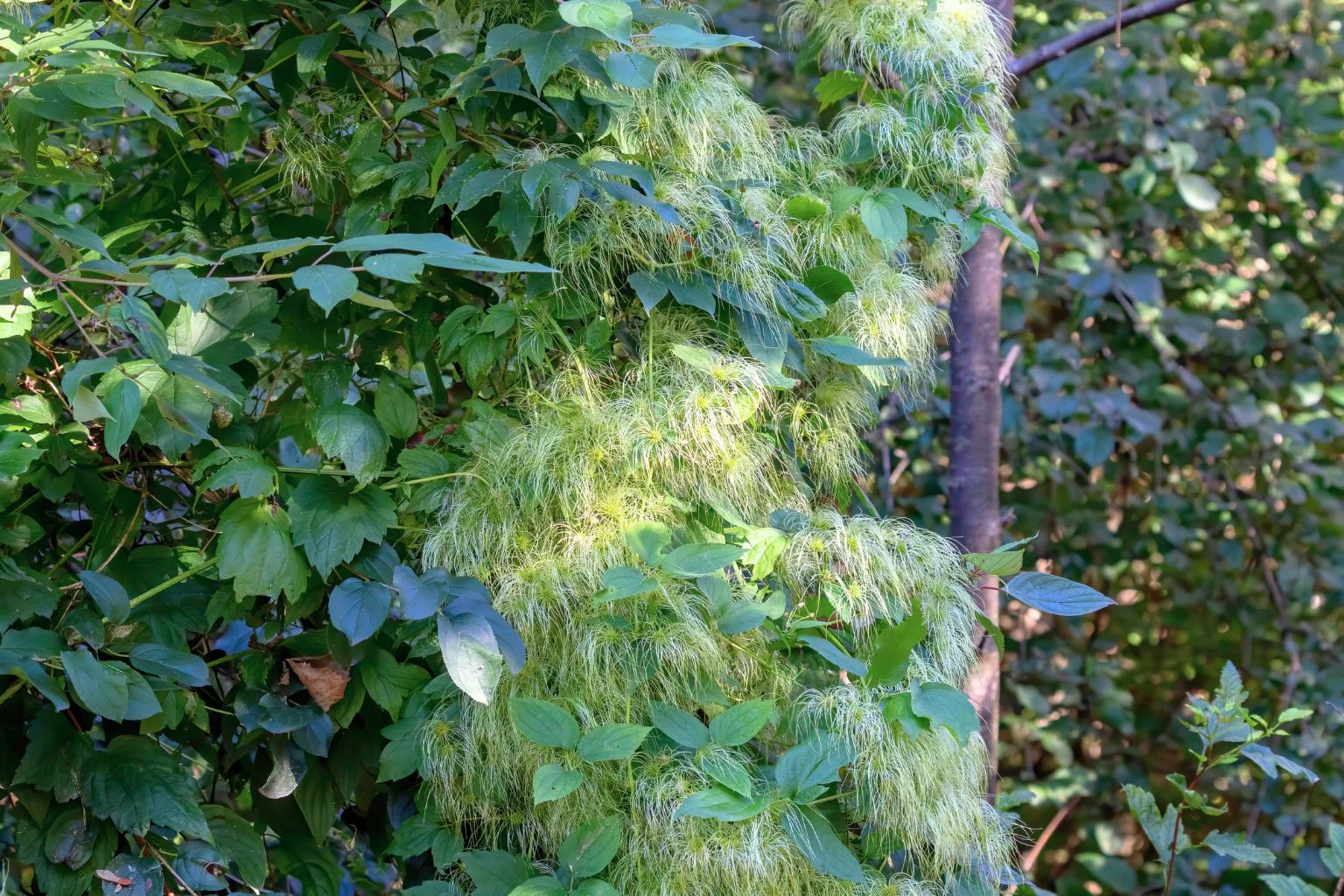
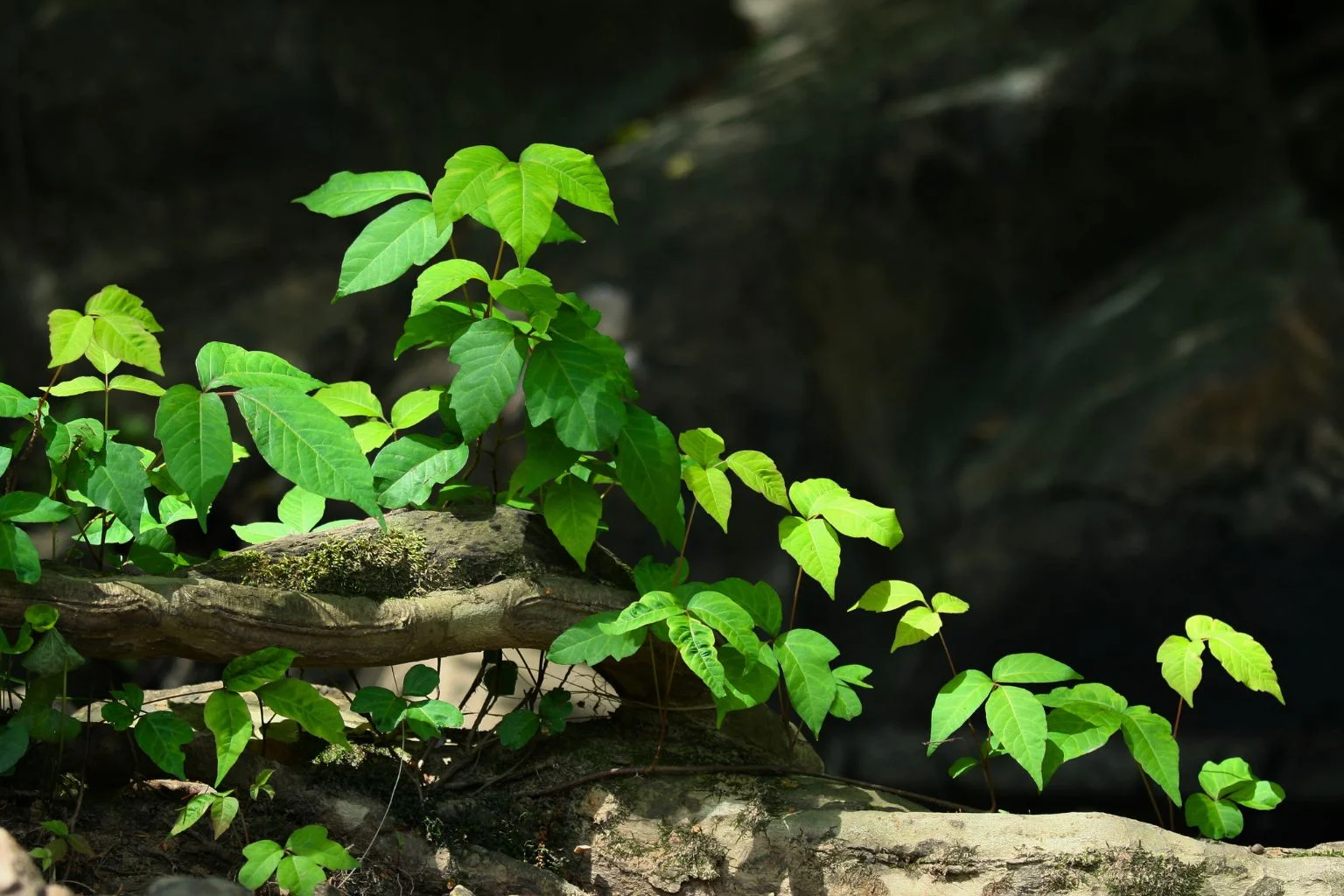
Why Is It A Problem?
Woody perennial weeds are considered a problem because they can dominate pastures and outcompete native vegetation. Furthermore, they often provide habitat for pests like rabbits and foxes, which can further disrupt local ecosystems. Additionally, their dense, thorny growth can restrict livestock movement and limit land use.
Woody Environmental Impact
-
Habitat Alteration: Woody perennial weeds can alter native plant compositions by outcompeting native species. As a result, local ecosystems can be disrupted.
-
Ecosystem Disruption: Invasive woody weeds can transform habitats, especially in areas where they are not native.
Agricultural and Pastoral Impact
-
Pasture Quality: The quality of pastures is reduced by woody perennial weeds, which form dense stands that prevent grazing animals from accessing areas. Consequently, this limits the use of land for grazing.
-
Land Use Limitations: Dense growth can limit land use for agriculture due to its aggressive competition for resources.
How to Identify Woody Weeds
Woody perennial weeds are easily identified by their woody stems or roots and thorny branches. They often grow as shrubs or small trees and can be distinguished from other weeds by their persistent woody framework.
Effective Methods
For effective weed control, a combination of methods is employed. Cultural practices like maintaining a competitive pasture and using selective herbicides are crucial. Mechanical control with cutting and herbicide application provides a more potent solution for existing weeds. Always, label instructions are followed when using herbicides to ensure safe and effective application.
Woody Perennial Weed Control
Cultural Practices
-
Maintaining a Competitive Pasture: Pastures are maintained by ensuring they are competitive and healthy, which can reduce the establishment of woody weeds.
-
Regular Monitoring: Regular monitoring is performed to identify and remove weeds early.
Mechanical Control
-
Hand-Pulling: This method is effective for small plants, especially when combined with other methods. However, care must be taken due to the thorny nature of many woody weeds.
-
Cutting and Herbicide Application: For larger plants, stems are cut and treated with herbicides to prevent regrowth.
Chemical Control
-
Selective Herbicides: Products like Surefire DICAMBA M are used to target woody weeds without harming surrounding vegetation. However, these can be expensive and time-consuming to apply over large areas.
-
Post-Control Measures: Follow-up treatments are necessary to ensure complete removal.
Natural Remedies
-
Grazing: Goats can be used to control some woody weeds, as they will eat plants that other livestock avoid.
Early intervention is crucial to prevent Woody Perennial Weeds from spreading extensively. Regular monitoring and strategic control methods are employed to manage these weeds effectively.





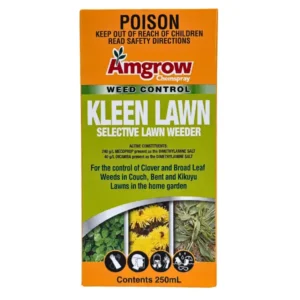
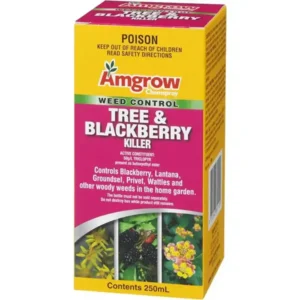
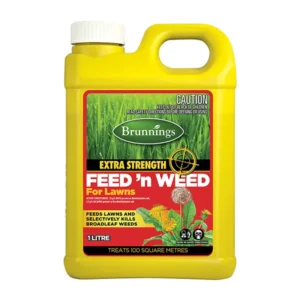

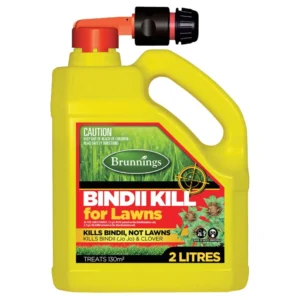
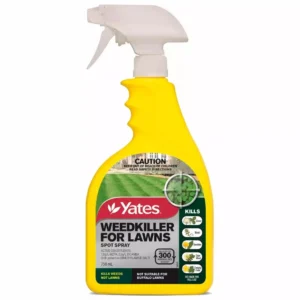
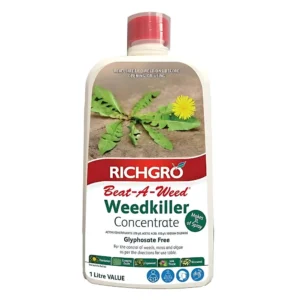
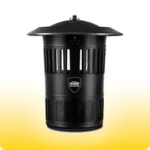 Mosquito Traps
Mosquito Traps